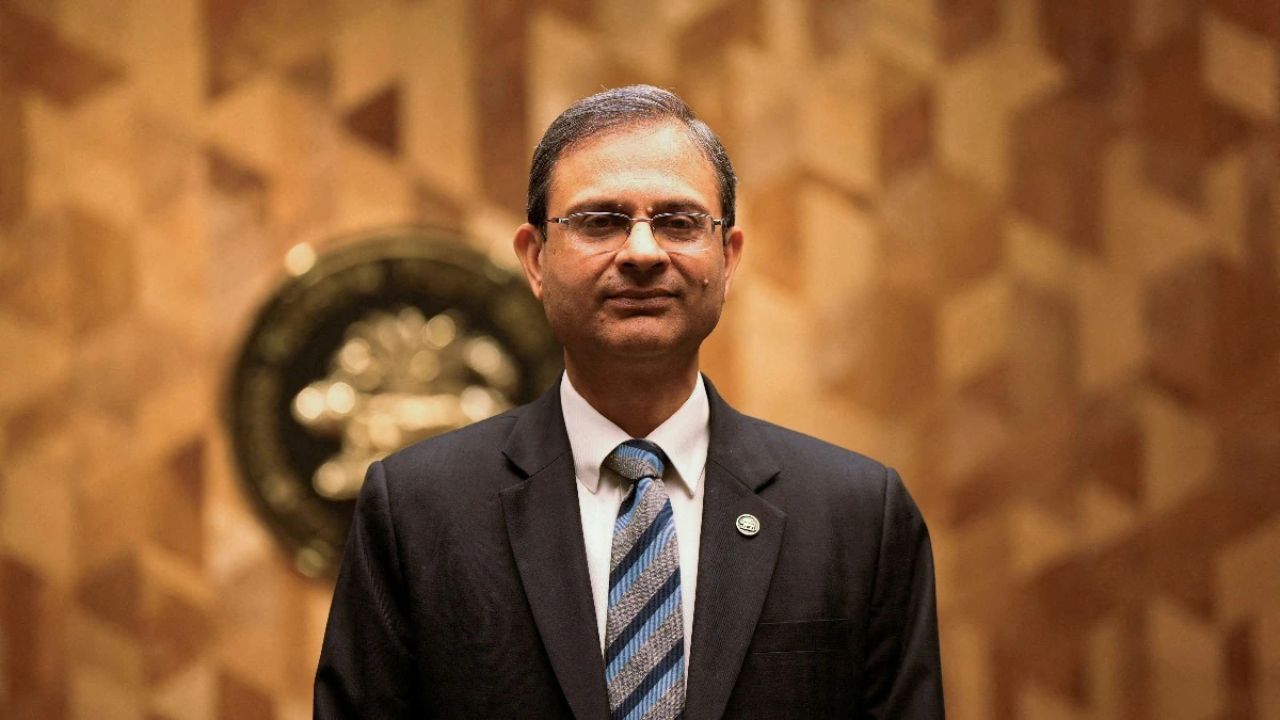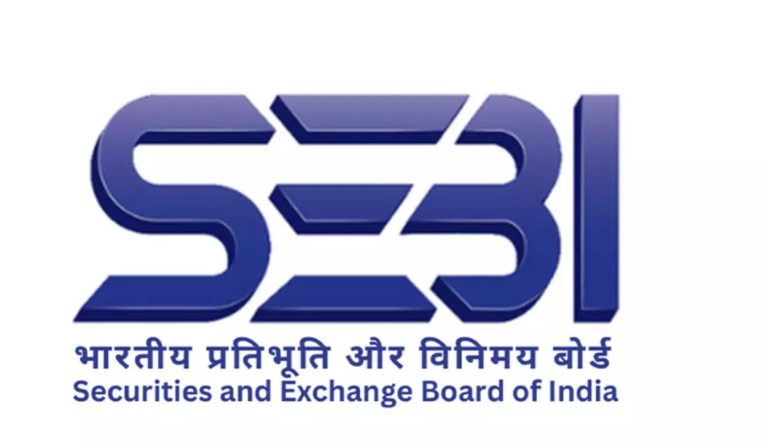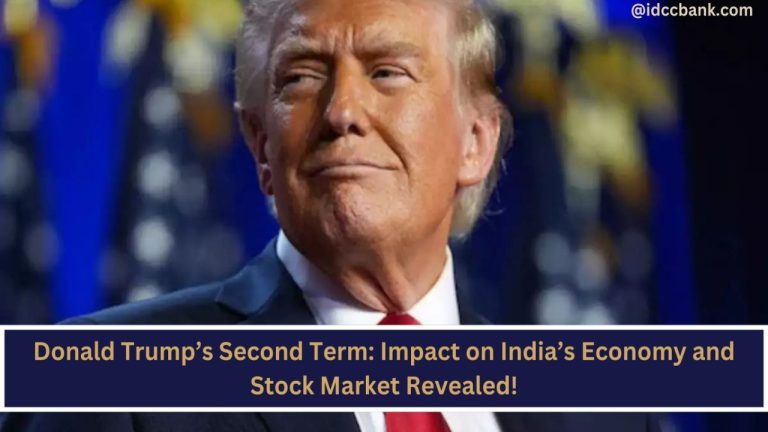RBI Monetary Policy: MPC Forecasts 6.7% Real GDP Growth in FY26
The GDP growth estimate for FY26 was 6.7% at the RBI’s sixth bi-monthly meeting, a modest increase from the revised 6.6% for FY25. While Q3 and Q4 predictions for FY26 growth remained at 6.5%, Q1 and Q2 growth were lowered to 6.7% and 7%, respectively.
RBI Monetary Policy:
The (RBI), at its sixth bi-monthly meeting for FY24–25, forecasted 6.7% real GDP growth in FY26. The updated forecast of 6.6% for FY25, which was cut from 7.2% at the December MPC meeting, is somewhat higher than this.
The GDP growth estimate for Q1 FY26 was reduced from 6.9% to 6.7%, while the prediction for Q2 FY26 was lowered from 7.3% to 7%. For Q3 and Q4 of FY26, the RBI kept its growth projection at 6.5%.
Economic activity is anticipated to increase in the upcoming fiscal year, with the manufacturing sector probably picking up in the second quarter of FY26, according to Sanjay Malhotra, who made his maiden monetary policy statement as governor of the RBI. Early business data point to a modest rebound, he added.
India’s growth rate in FY24 was 8.2%. However, growth fell to 5.4% in the July-September quarter of 2024—the lowest in seven quarters and far below market expectations—due to global uncertainty, waning urban demand, falling exports, and a slowdown in government capital investment. This underscored the need for policy action.
By increasing the tax exemption limit to ₹12 lakh in the Union Budget 2025, the Indian government has refocused its attention from capital investment to consumption to spur economic development.
Early in November, S&P Global Ratings predicted that India’s GDP would increase by 6.7% in FY26 and 6.8% in FY27. The agency noted that rising borrowing rates and less fiscal assistance impact urban demand. Other high-frequency indications point to a brief slowdown in economic momentum, led by a setback in the construction industry during the September quarter, even if purchasing manager indices (PMIs) continue to imply improvement.
According to international brokerage company JP Morgan, the nation’s GDP is expected to rise by 6.7% in the second half (H2) of FY25, reaching 6.4% for 2024–2025.
The National Statistical Office (NSO) published its first advance projections in early January, predicting that India’s GDP growth would drop to 6.4% in FY25—the lowest level in four years. This is less than the 6.6% prediction for the current fiscal year that the Reserve Bank of India released.
According to the statistics, the real gross value added (GVA) is predicted to increase by 6.4% in FY25 instead of 7.2% in FY24.
The RBI announced a 25 basis point reduction in the repo rate to 6.25% under its new governor, Sanjay Malhotra, as was largely expected. The RBI maintained its monetary policy at “neutral.”
After a period of stability during which the rate-setting panel raised the policy repo rate by 250 basis points between May 2022 and February 2023 and then held it steady for 11 consecutive sessions, this is the first-rate drop in over five years.
In October, the Monetary Policy Committee (MPC) signaled more flexibility in reacting to shifting economic conditions when it changed from “withdrawal of accommodation” to neutral.







